Think lowering your power bill means suffering through the heat or bundling up in layers? Not necessarily. While your thermostat plays a big role in energy costs, it’s far from the only factor. In fact, there are plenty of easy, effective ways to cut down on electricity use without ever adjusting the temperature. From small habit changes to smart upgrades, these tips can help you save money year-round—without sacrificing comfort. Here are some simple ways to lower your power bill without touching the thermostat.
1. Unplug Devices That Aren’t in Use
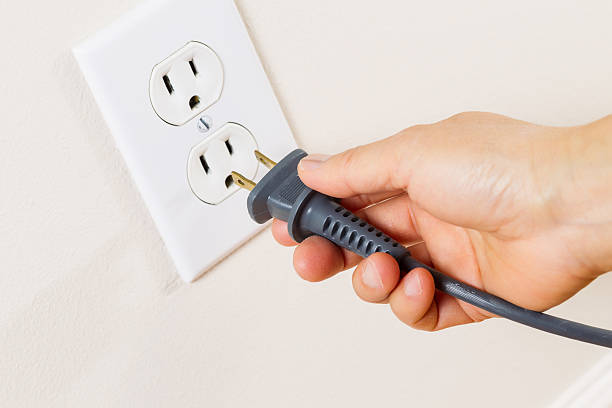
Even when turned off, many devices still draw power—a phenomenon known as “phantom energy” or “vampire power.” Chargers, coffee makers, gaming consoles, and even microwaves consume electricity simply by being plugged in. Over time, this constant drain can add up to a surprising chunk of your energy bill, says CNET.
To cut this hidden cost, unplug devices when they’re not in use or use a smart power strip that automatically shuts off power to idle electronics. Bonus: This habit can also extend the life of your devices by reducing wear from unnecessary energy use.
2. Energy-Efficient Windows Reduce Heat Gain
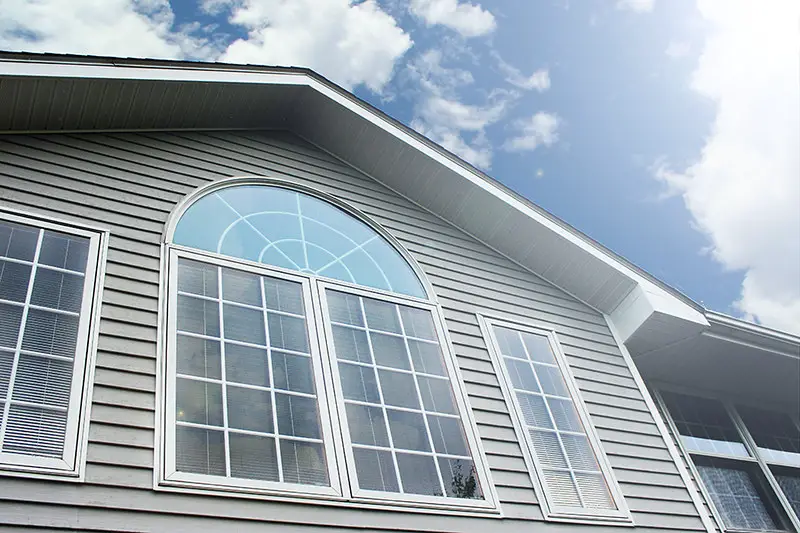
Old or poorly insulated windows can let in excess heat, forcing your air conditioner to work harder. The National Renewable Energy Laboratory states that energy-efficient windows can lower cooling costs by up to 25% by minimizing heat gain. Options like double-pane glass with low-emissivity coatings block out the sun’s rays while still letting in natural light. Window films and insulated shades can also help keep indoor temperatures stable.
Upgrading to Energy Star-rated windows can be a long-term investment that pays off in energy savings. Some homeowners also opt for window treatments like blackout curtains or exterior shades to further block heat. These improvements not only lower energy costs but also add comfort by reducing glare and maintaining consistent indoor temperatures.
3. Use Cold Water for Laundry
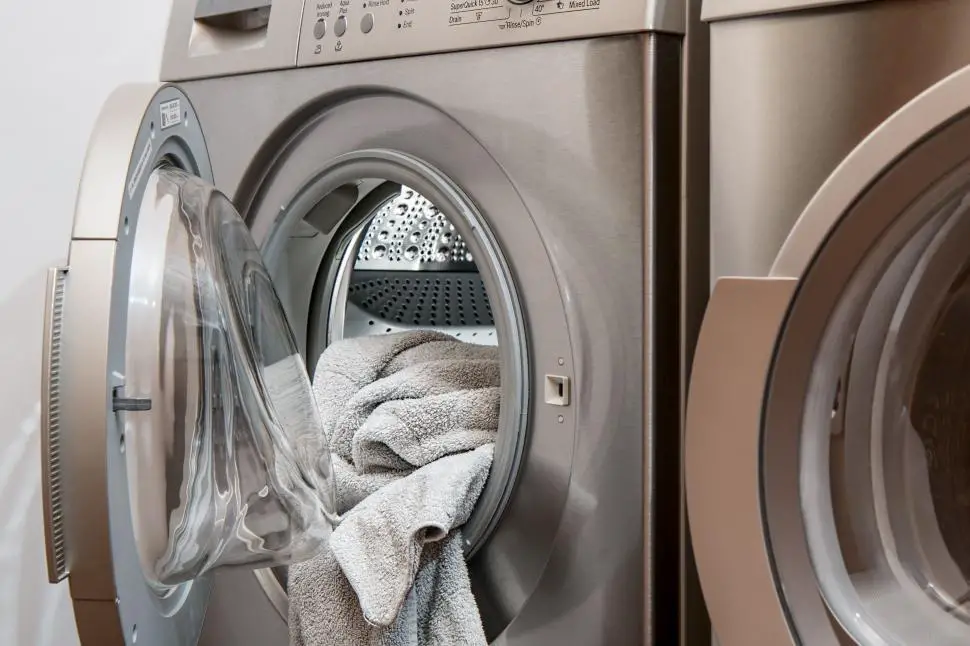
Heating water for laundry takes a lot of energy—often more than the washer itself uses. Switching to cold water for most loads is a simple change that can reduce your power consumption without sacrificing cleanliness, says The Spruce.
Today’s detergents are designed to work well in cold water, and most clothes don’t require hot washes unless you’re dealing with serious stains or allergens. It’s a win-win: you’ll lower your energy bill and help preserve your clothes’ color and fabric.
4. Attic Insulation Prevents Heat Transfer
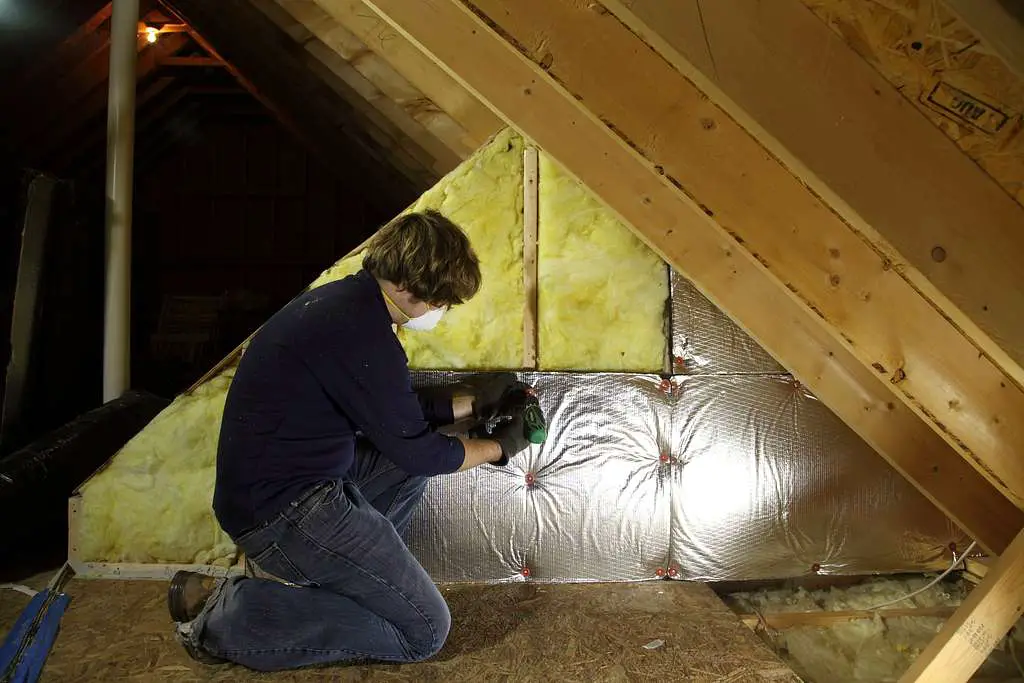
Proper attic insulation is crucial for maintaining a cool home in the summer. The U.S. Department of Energy reports that nearly 85% of homes in the U.S. are under-insulated, leading to unnecessary energy waste. Adding insulation to the attic helps prevent heat from seeping into living spaces, reducing strain on the air conditioning system. Common options include fiberglass batts, spray foam, or blown-in cellulose insulation.
Ensuring proper ventilation in the attic also helps regulate temperature and moisture. A well-insulated and ventilated attic reduces the risk of mold and extends the lifespan of roofing materials. By making this upgrade, homeowners can improve overall comfort while seeing a noticeable drop in energy bills.
5. Ceiling Fans Reduce Cooling Costs
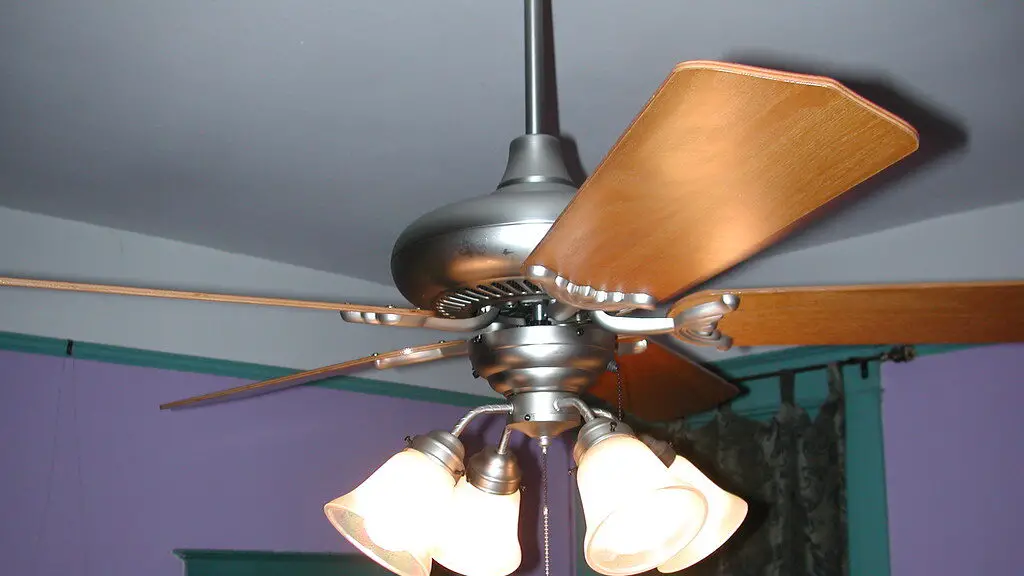
Ceiling fans help circulate air, making rooms feel cooler without overworking the air conditioner. When used alongside AC, they allow homeowners to set the thermostat a few degrees higher, leading to energy savings. Fans should be set to rotate counterclockwise in the summer to push cool air downward. Choosing an Energy Star-rated ceiling fan ensures better efficiency and lower electricity costs.
Installing ceiling fans in frequently used rooms can improve airflow and reduce hot spots. They consume far less power than air conditioning units, making them a budget-friendly cooling solution. Many modern fans also come with smart controls, allowing for scheduled operation and remote adjustments. This simple upgrade enhances comfort while keeping energy bills manageable.
6. LED Lighting Lowers Heat Output
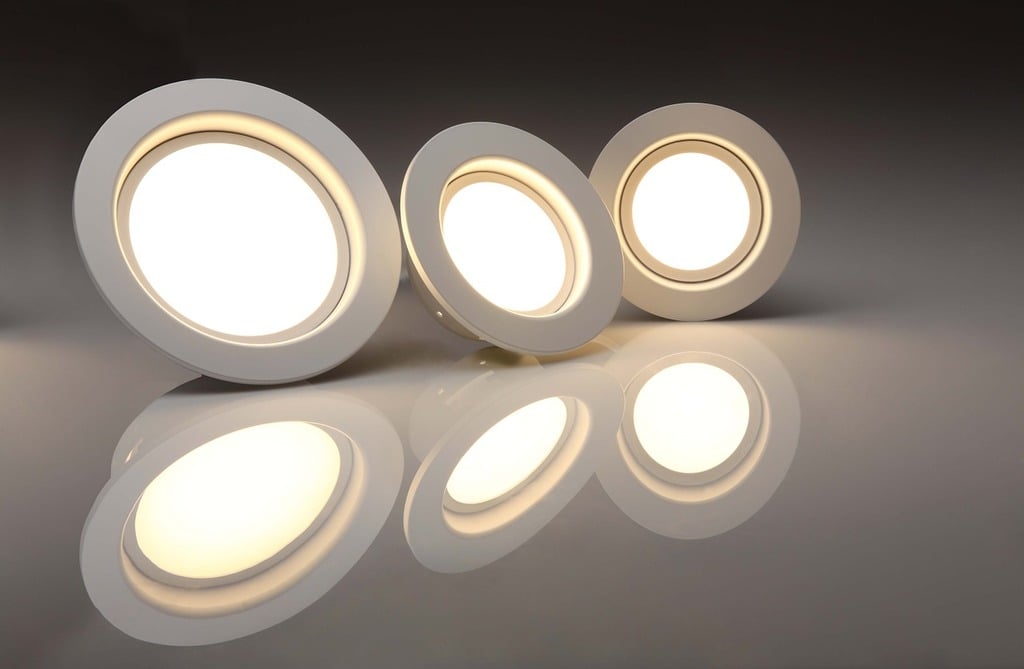
Traditional incandescent bulbs generate excess heat, making indoor spaces warmer and increasing reliance on air conditioning. Switching to LED bulbs significantly reduces heat output while consuming less energy. LED bulbs also have a longer lifespan, reducing the need for frequent replacements. They provide bright, high-quality lighting in a range of color temperatures to suit different spaces.
By replacing outdated bulbs with LEDs, homeowners can lower electricity costs without compromising on brightness. Many LED options are dimmable, offering customizable lighting levels to save even more energy. Smart LED bulbs allow for automation and remote control, optimizing energy efficiency. This simple change reduces both cooling and lighting expenses throughout the home.
7. Smart Power Strips Eliminate Phantom Energy Use
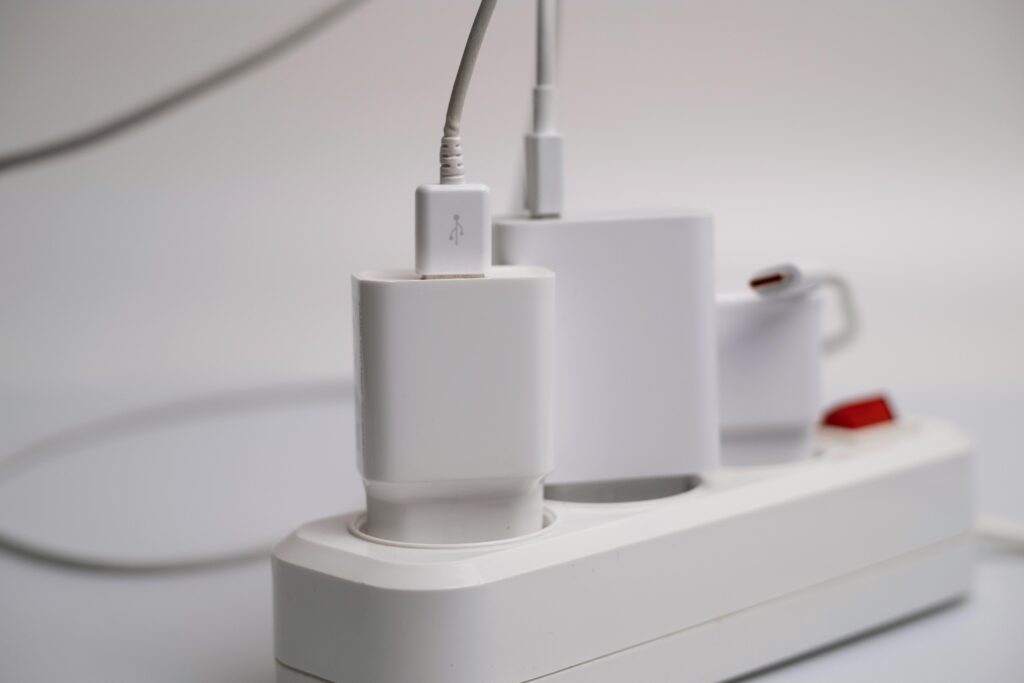
Many devices continue drawing power even when turned off, leading to unnecessary energy waste. Smart power strips detect inactive devices and automatically shut off power to them. This helps prevent “phantom” energy consumption that can quietly drive up electricity bills. Some models include app-based controls for added convenience and remote access.
By using smart power strips, homeowners can reduce their overall energy consumption with minimal effort. They are especially useful for home offices and entertainment centers, where multiple devices are plugged in. These strips also protect electronics from power surges, extending the lifespan of costly appliances. With this simple upgrade, reducing standby energy waste becomes effortless.
8. Clean Your Dryer’s Lint Trap and Vent
A clogged lint trap or dryer vent makes your machine work harder, using more electricity and drying clothes less efficiently. Worse, built-up lint is a fire hazard, making regular cleaning both a money-saving and safety essential.
After every load, clean out the lint trap completely, and check your dryer vent at least once a season to ensure airflow isn’t blocked. You’ll speed up drying times and keep your appliance running at peak efficiency.
9. Outdoor Shade Structures Reduce Direct Sunlight

Blocking direct sunlight can significantly lower indoor temperatures, reducing strain on air conditioning. Installing pergolas, awnings, or shade sails helps deflect heat before it enters the home. These structures add visual appeal to outdoor spaces while providing functional cooling benefits. Natural solutions like trees and tall shrubs can also create effective shade over time.
A well-placed shade structure enhances both comfort and energy savings. Exterior solar screens or retractable awnings allow for adjustable coverage based on weather conditions. By keeping windows and walls cooler, these additions contribute to a more energy-efficient home. They also extend the usability of outdoor spaces, making them more enjoyable in hot weather.
10. Reflective Roof Coatings Reduce Heat Absorption

Dark-colored roofs absorb heat, making homes hotter and increasing cooling demands. Applying a reflective roof coating helps minimize heat absorption by reflecting sunlight away. Lighter-colored roofing materials can also make a noticeable difference in reducing indoor temperatures. These upgrades lower overall cooling costs while extending the lifespan of roofing materials.
Investing in a reflective roof treatment is a simple but effective way to enhance energy efficiency. Many coatings also provide waterproofing benefits, protecting against leaks and weather damage. Some areas offer incentives for installing cool roofs, making this an affordable improvement. Over time, this upgrade can lead to substantial savings on energy bills.
11. Smart Blinds Adjust Based on Sunlight

Smart blinds automatically adjust throughout the day to control sunlight exposure. During peak heat hours, they close to block excess warmth, helping to maintain a cooler indoor environment. Some models integrate with smart home systems, allowing for automated scheduling. By reducing heat gain, they lower air conditioning use and improve overall energy efficiency.
Manually adjusting blinds throughout the day can be inconvenient, but smart systems handle it seamlessly. Many options allow for remote control via smartphone apps, ensuring flexibility in managing indoor temperatures. Blackout blinds or solar shades offer additional benefits by blocking glare and UV rays. This upgrade enhances both comfort and energy savings with minimal effort.
12. Tankless Water Heaters Reduce Energy Waste
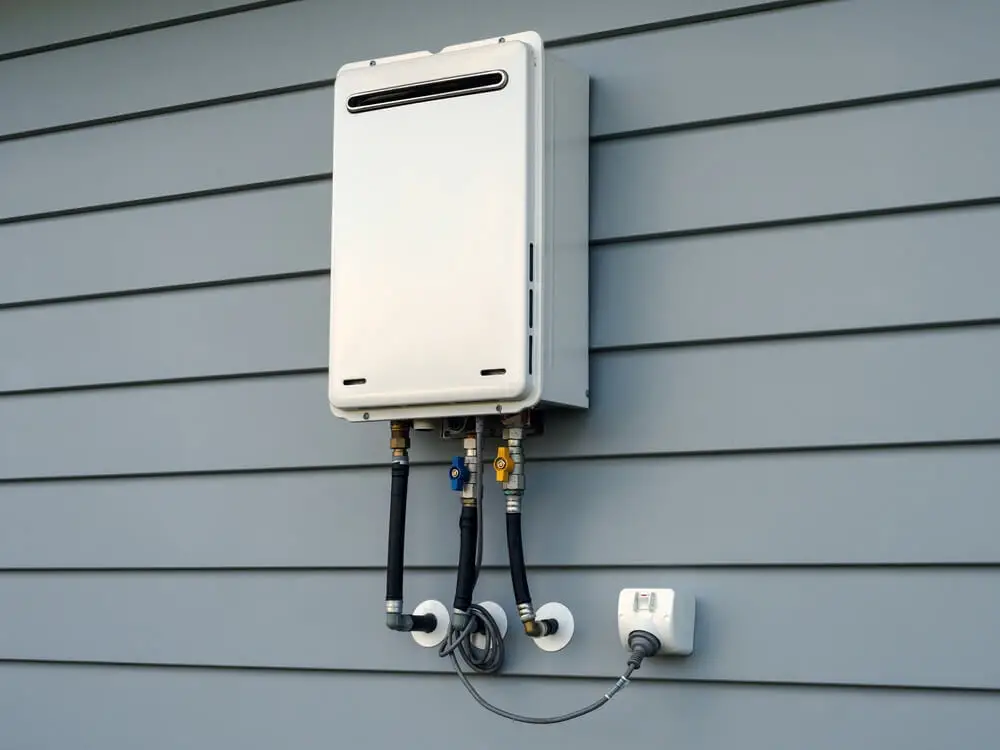
Traditional water heaters continuously heat water, wasting energy even when hot water isn’t needed. Tankless water heaters operate on demand, reducing standby energy loss. They provide a continuous supply of hot water without the need for a bulky storage tank. This energy-efficient design helps lower electricity or gas usage over time.
Tankless systems also take up less space, making them ideal for smaller homes. Since they heat water as needed, they eliminate the risk of running out during peak use. Many models come with digital temperature controls, allowing for precise adjustments. Investing in this upgrade leads to long-term savings and improved water heating efficiency.
13. Seal Gaps Around Doors and Windows
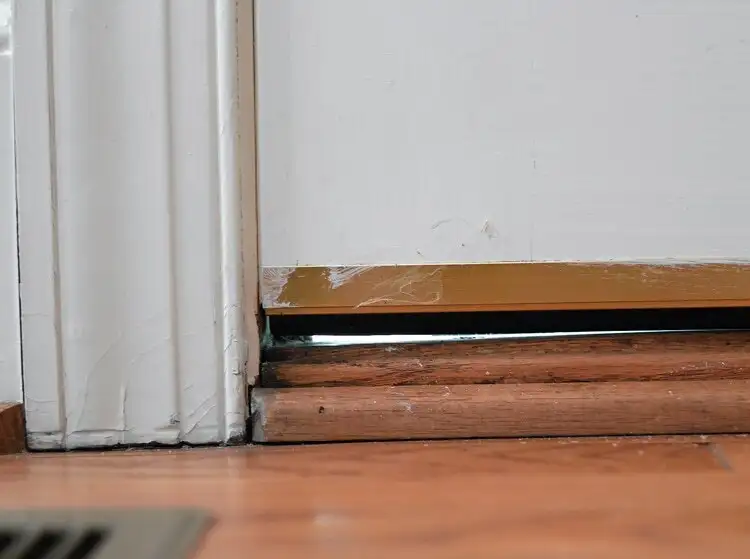
Drafts around windows and doors let conditioned air escape and force your HVAC system to work overtime—even if you’re not adjusting the thermostat. Though you might not feel these leaks right away, they quietly drain energy day and night.
Apply weather stripping or use caulk to seal any visible gaps, especially in older homes. This simple DIY project takes less than an hour and can lead to significant savings over time by improving your home’s overall insulation.
14. Run Appliances During Off-Peak Hours
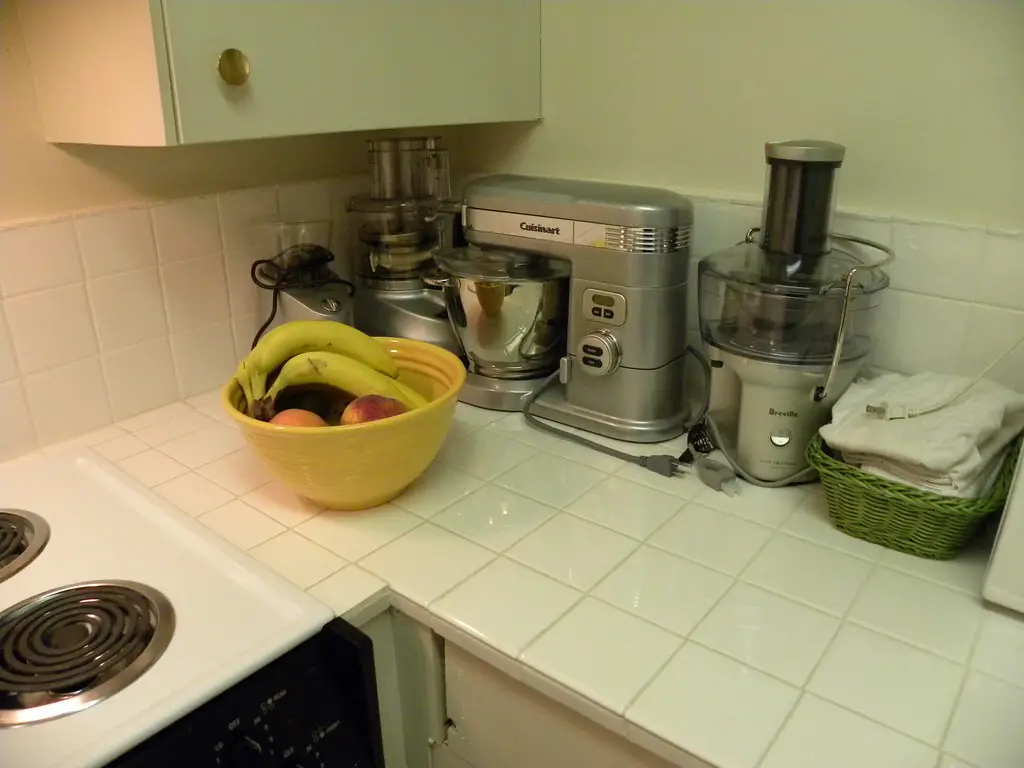
Many utility companies charge more during peak usage times, typically in the late afternoon and early evening. Running major appliances like dishwashers, washing machines, and dryers during off-peak hours can help lower your overall energy bill.
Check with your local utility provider to learn when those off-peak times are—often overnight or early in the morning. Programming your appliances to run at those times (if they have a delay start function) makes this a set-it-and-forget-it habit that saves money while you sleep.
